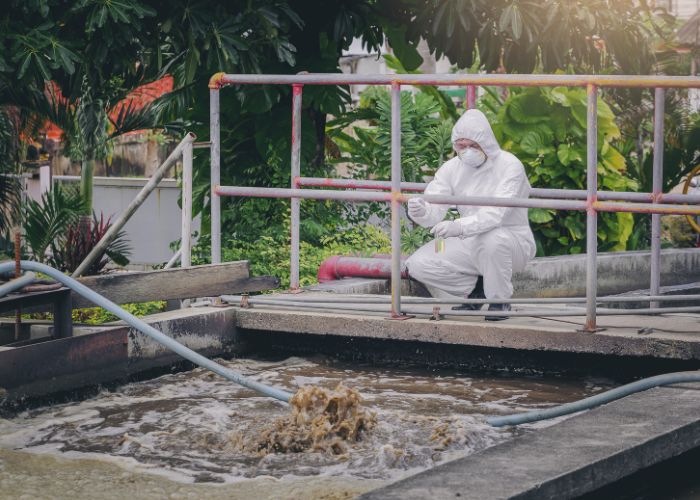MADRID – Spain is one of the European countries with the highest amount of drugs found in wastewater. This is the conclusion of a study by the European Monitoring Centre for Drugs and Drug Addiction (EMCDDA).
According to EMCDDA, more and more traces of cocaine and crystal meth (methamphetamine) are being discovered in European wastewater. Also, they are spreading to new cities on the continent. The study containing these conclusions was published on Wednesday and prepared by the European group Score in collaboration with the Observatory based in Lisbon. The data from 104 cities in 21 countries shows that by 2022, the six substances analysed were present in “almost all places”.
In Spain, data was processed from Barcelona, Castellón, Lleida, Madrid, Molina de Segura, Santiago de Compostela, Tarragona and Valencia.
Drug problem is widespread and complex
The report paints “a picture of a drug problem as widespread as it is complex,” said EMCDDA Director Alexis Goosdeel. He believed the wastewater samples could provide an “early warning of emerging health threats.”
Cocaine on the rise
Traces of cocaine found in wastewater have increased since 2016. However, “some fluctuations” can be seen in that increase during the confinement due to the coronavirus. They remained highest in Western and Southern European cities. Especially in Belgium, the Netherlands, Spain and Portugal. Traces were also found in most Eastern European cities, where there were increases.
Related post: Insecticides and drugs poison Spanish rivers
More than half (38) of the 66 cities with data in 2021 and 2022 reported an increase in cocaine residues. Meanwhile 18 cities reported no change and 10 reported a decrease.
In addition, another recent study found crack residues in all 13 European cities included in that study. The highest cocaine concentrations were in Amsterdam and Antwerp, according to the EMCDDA.
Methamphetamines are spreading
More methamphetamine residues were also found. They were traditionally concentrated in the Czech Republic and Slovakia, but are now also present in Belgium, East Germany, Spain, Cyprus, Turkey and Northern Europe (such as Denmark, Latvia, Lithuania, Finland and Norway). Of the 60 cities with data in 2021 and 2022, nearly two-thirds (39) reported an increase in residues, 15 a decrease and six a stable situation.
Four other fabrics
As for the other four substances included in the study – amphetamine, cannabis, MDMA and ketamine -, the picture is “heterogeneous”.
The highest amphetamine loads were reported in cities in Northern and Eastern European countries (Belgium, Germany, the Netherlands, Finland and Sweden). However, they were much lower in the south, with rises or falls depending on each city.
MDMA
For MDMA, the highest residues were found in cities in Belgium, the Czech Republic, the Netherlands, Spain and Portugal. In general, there were increases in most cities in southern and central Europe and a decrease in the north.
Cannabis
The highest concentrations of cannabis were recorded in western and southern cities, particularly in the Czech Republic, Spain, the Netherlands and Portugal, with “diverse trends” of increases or decreases.
Ketamine
Finally, in 2022, the presence of ketamine was investigated for the first time, with the highest loads found in cities in Denmark, Italy, Spain and Portugal.
Weekly patterns
The study also found “weekly patterns”: More than three-quarters of cities showed higher residues of typical recreational drugs (cocaine, ketamine and MDMA) during the weekend, from Friday to Monday. Whereas, the other three substances ‘were more evenly distributed’.
The Score group has conducted annual wastewater monitoring campaigns since 2011, and since then 65 cities have participated in at least five of them, enabling researchers to analyse temporal trends.


